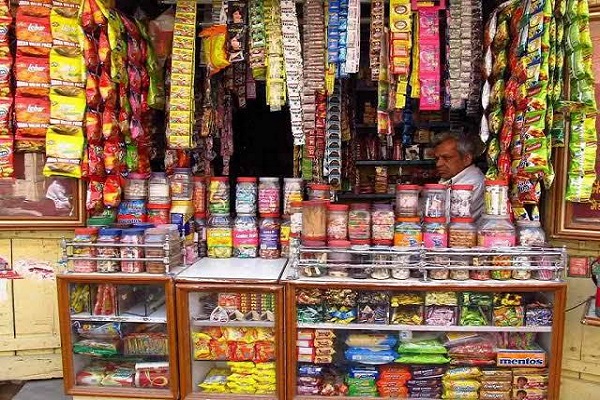India’s quick commerce sector is reshaping the retail landscape, with a market valuation projected to leap from $6.1 billion in 2024 to $40 billion by 2030, according to a recent report by Datum Intelligence. This growth is fuelled by a paradigm shift in consumer behaviour, as 46% of shoppers report cutting back on purchases from traditional Kirana stores in favour of faster delivery services.
Quick commerce—characterized by delivery times of 10–30 minutes—has seen rapid adoption through platforms like Blinkit, Zepto, Swiggy Instamart, and Flipkart Minutes. By 2024, these platforms are anticipated to account for $1.28 billion, or 21% of Kirana sales.
The report reveals that 75% of online grocery shoppers have increased their unplanned purchases in the past six months, with most spending over ₹400 per order. The speed and convenience of quick commerce, paired with competitive pricing that bypasses traditional retail intermediaries, are significant drivers of this trend.
“Quick commerce platforms align with the growing demand for on-demand, efficient grocery shopping, leading to a fundamental shift in consumer spending patterns,” the report stated.
Kirana stores, long a cornerstone of India’s grocery market, now face a steep challenge. The study shows that over 82% of consumers have redirected at least one-fourth of their grocery spending to quick commerce platforms.
Quick Commerce is projected to grow at an annual rate of 48% from 2023 to 2028, making it the fastest-expanding retail channel. Its adoption rate reflects changing consumer expectations for convenience, competitive pricing, and reliable delivery.
While initially focused on groceries and essentials, quick commerce platforms have diversified their offerings, now delivering electronics, clothing, cosmetics, medicines, and more.
The study, conducted in October 2024, surveyed 3,000 adults across 10 Indian cities and included insights from Kirana shop owners, industry experts, and market data.
As India’s retail landscape evolves, quick commerce is emerging as a dominant force, promising consumers faster and broader access to their everyday needs.


